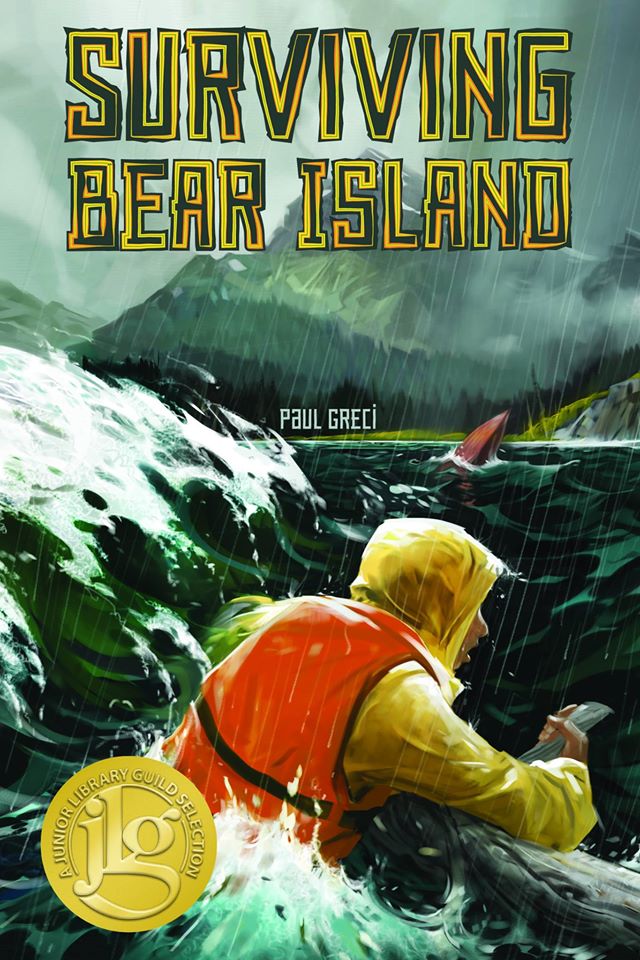Last week the temperature dipped to 30 below—our first cold snap of the season.
The sun was going to set soon, and besides cracking the door open to get a draft for the woodstove, I hadn’t had any fresh air all day.
 I do most of my writing on a treadmill so I’d had a lot of movement, but no real exercise. (I can walk 1.5 miles an hour and still type. It keeps my back happy.) I wanted to go running, but running at 30 below is hard on your body. The bottoms of your shoes lose all their spring. (And no way was I going to run on the treadmill after walking on it all day!)
I do most of my writing on a treadmill so I’d had a lot of movement, but no real exercise. (I can walk 1.5 miles an hour and still type. It keeps my back happy.) I wanted to go running, but running at 30 below is hard on your body. The bottoms of your shoes lose all their spring. (And no way was I going to run on the treadmill after walking on it all day!)
I decided to go for a walk instead. It’s much easier on the body.
I’d been walking for about ten minutes when I heard footsteps behind me. It was my neighbor. My eighty year-old neighbor. Running.
He doesn’t run fast, and he’s always hunched over, but he runs every day. I often see him on our road, but have also seen him as far away as three miles from home.
We’ve exchanged a few words over the nine years I’ve lived in the neighborhood, but mostly we just wave at each other.
 One spring when I was trying to keep our road from washing out (as you can see, I failed), I ran into his wife and learned that he had started running late in life, after being very ill.
One spring when I was trying to keep our road from washing out (as you can see, I failed), I ran into his wife and learned that he had started running late in life, after being very ill.
A day rarely passes when I don’t think about him. He’s an everyday hero who inspires me to keep pushing myself in all areas of my life. I’ve told all my friends and family, near and far, about him.
Do you have any everyday heroes in your life? Who are they? How do they inspire you?











 A couple summers ago it was over eighty degrees and we had a tail wind for two days. But sometimes the wind blows so hard that you find yourself in a dust storm and five foot standing waves. One year I had a bad headache and what was usually enjoyable was tortuous.
A couple summers ago it was over eighty degrees and we had a tail wind for two days. But sometimes the wind blows so hard that you find yourself in a dust storm and five foot standing waves. One year I had a bad headache and what was usually enjoyable was tortuous.










